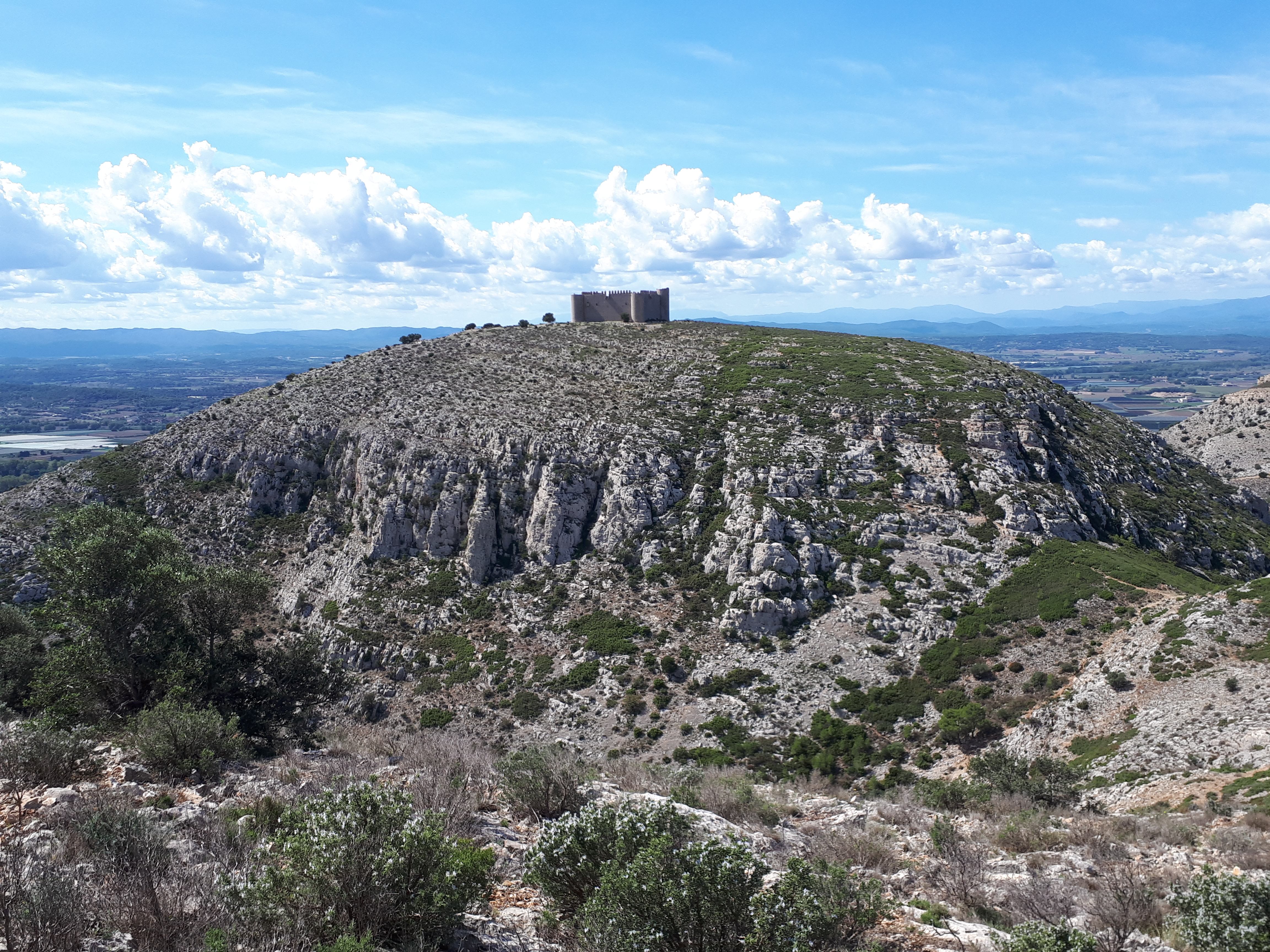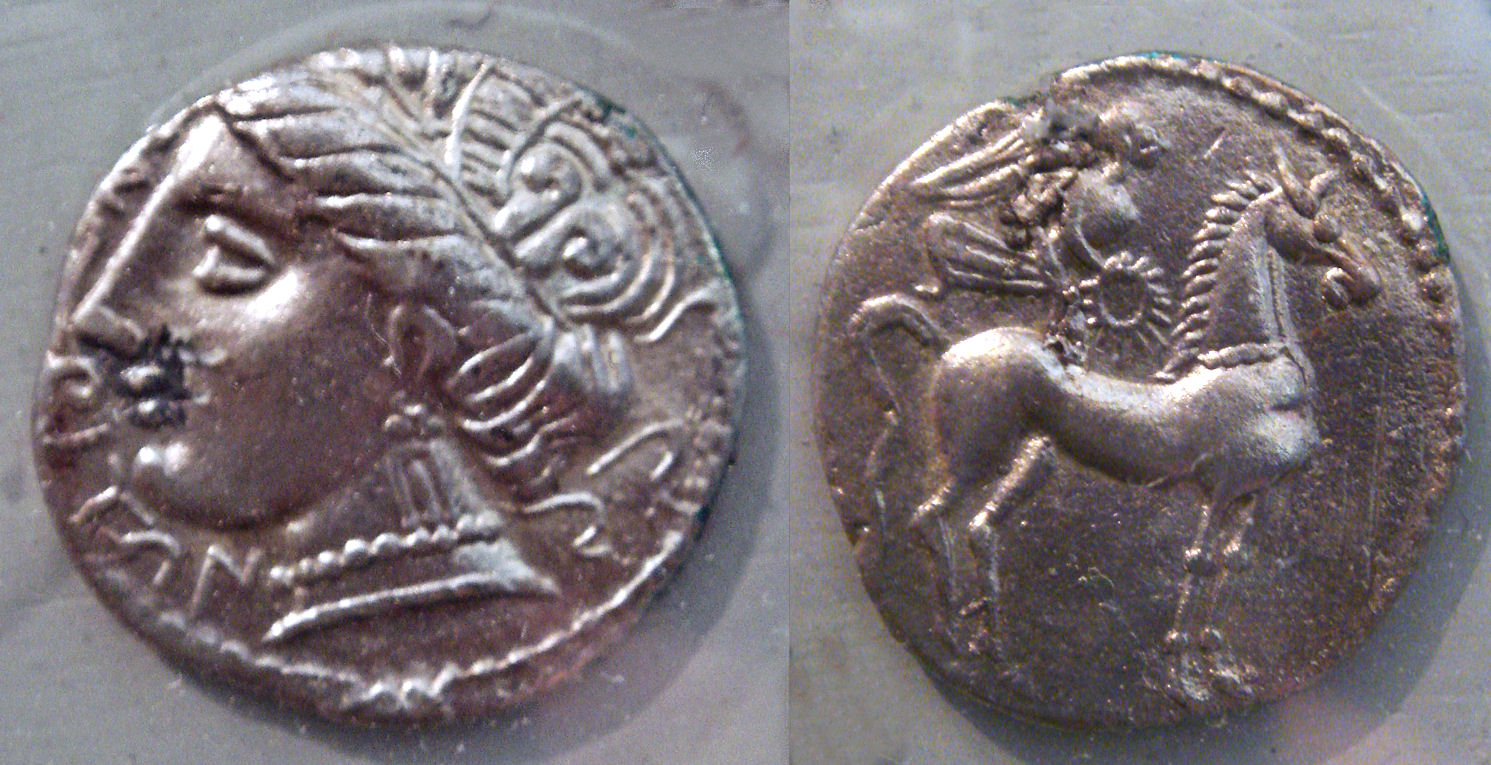|
L'Escala
L'Escala () is a municipality in the ''comarca'' of the Alt Empordà in Girona, Catalonia, Spain. It is situated on the Costa Brava, located between the southern end of the Gulf of Roses and Cala (bay) Montgó. It is an important fishing port and tourist centre, and has a festival dedicated to its famous anchovies. The GE-513 road runs inland from the town. The ''Alfolí de la Sal'', also known as the ''Pòsit Vell'', is a seventeenth-century warehouse formerly used to store the salt necessary to preserve fish landed at the port: it is now a protected historic-artistic monument. The ruins of Empúries are located on the territory of the municipality, with Phoenician and Roman remains dating from 580 BC. L'Escala is the village of Víctor Català (pseudonym of Caterina Albert, 1869-1966) a famous novelist. The GR 92 long distance footpath, which roughly follows the length of the Mediterranean coast of Spain, passes through L'Escala on its stage between Sant Martí d'Empúries ... [...More Info...] [...Related Items...] OR: [Wikipedia] [Google] [Baidu] |
Caterina Albert
Caterina Albert i Paradís (L'Escala, Spain, 11 September 1869 — 27 January 1966), better known by her pen name Víctor Català, was a Catalan writer in Catalan and Spanish who participated in the Modernisme movement and was the author of one of the signature works of the genre, ''Solitud'' (Solitude) (1905). Her literary skill was first recognized in 1898, when she received the Jocs Florals (floral games) prize; soon thereafter, she began using the pseudonym Victor Català, taking it from the protagonist of a novel she never finished. Despite her success as a dramatist and her forays into poetry, she is best known for her work in narrative literature, with the force of her style and the richness of her diction being especially noted. She died in her hometown of l’Escala, Catalonia, in 1966 and is interred in the Cementiri Vell de l’Escala. Biography Early years and modernism She began her literary career very young, collaborating with ''l’Almanach de L'Esquella ... [...More Info...] [...Related Items...] OR: [Wikipedia] [Google] [Baidu] |
Sant Martí D'Empúries
Sant Martí d'Empúries is an entity of the town of L'Escala. It is located next to the ruins of Empúries or Empòrion. Ancient Greeks established the settlement in the 6th century BC. It was the county seat until 1079 Empúries moved to Castelló d'Empúries place less exposed to attack. Sant Martí d'Empúries is a staging point on the GR 92 long distance footpath, which roughly follows the length of the Mediterranean coast of Spain. Stage 5, to the north, takes a route behind the coast to the ''El Cortalet'' pond in the Parc Natural dels Aiguamolls de l'Empordà, a distance of . Stage 6, to the south, follows the coast to l'Escala and then takes an inland route across the Montgri Massif to reach the next staging point of Torroella de Montgrí, a distance of . History It was an inhabited place since the arrival of Greeks from Massalia, actual Marseille (France) in the 6th century BC. Greeks established a settlement there called it, Kypsela (). At the ancient times t ... [...More Info...] [...Related Items...] OR: [Wikipedia] [Google] [Baidu] |
GR 92
The GR 92 is part of the extensive GR footpath network of paths, tracks and trails in Spain. It will eventually run the length of the Mediterranean coast of Spain, from Portbou, on the border with France to Tarifa, the most southerly point of Spain. In doing so it will pass through the autonomous communities of Catalonia, Valencia, Murcia and Andalusia. The sections in Catalunya and Murcia are complete and fully signposted, but work is still in progress on the sections in Valencia and Andalusia, and sources differ on the eventual length of the path. The GR 92 forms the southern portion of the E10, one of the European long-distance paths. The E10 runs between Finland and Spain. GR 92 in Catalonia The section of the GR 92 in Catalonia runs from Portbou to Pont de l'Olivar. It is way marked throughout, and is in length, and is broken down into 31 stages. The northern-most of these stages, running through the Costa Brava, were in part adapted from the Camí de Ronda, a path o ... [...More Info...] [...Related Items...] OR: [Wikipedia] [Google] [Baidu] |
Municipalities Of Catalonia
Catalonia is (as of 2018) divided into 947 Municipalities of Spain, municipalities. Each municipality typically represents one significant urban settlement, of any size from village to city, with its surrounding land. This is not always the case, though. Many municipalities have merged as a result of rural depopulation or simply for greater efficiency. Some large urban areas, for example Barcelona, consist of more than one municipality, each of which previously held a separate settlement. The Catalan government encourages mergers of very small municipalities; its "Report on the revision of Catalonia's territorial organisation model" (the ""), published in 2000 but not yet implemented, recommends many such mergers. Larger municipalities may sometimes grant the status of ''minor local entity, decentralised municipal entity'' (, ) to one or more of its settlements, for more effective provision of services or to substitute for its previous status as a separate municipality. Each m ... [...More Info...] [...Related Items...] OR: [Wikipedia] [Google] [Baidu] |
Costa Brava
The Costa Brava (; ; "Wild Coast" or "Rough Coast") is a coastal region of Catalonia in northeastern Spain. Sources differ on the exact definition of the Costa Brava. Usually it can be regarded as stretching from the town of Blanes, northeast of Barcelona, to the France, French border – in other words it consists of the coast of the province of Girona. In the 1950s, the Costa Brava was identified by the Spanish government and local entrepreneurs as being suitable for substantial development as a holiday destination, mainly for package holiday tourists from Europe. The combination of a very good summer climate, nature, excellent beaches and a favourable foreign exchange rate (before the creation of the single European currency), which made the Costa Brava an attractive tourist destination, was exploited by the construction of large numbers of hotels and apartments in such seaside resorts as Blanes, Tossa de Mar and Lloret de Mar. Tourism rapidly took over from fishing as ... [...More Info...] [...Related Items...] OR: [Wikipedia] [Google] [Baidu] |
Sant Pere Pescador
Sant Pere Pescador () is a municipality in the '' comarca'' of Alt Empordà, Girona, Catalonia Catalonia is an autonomous community of Spain, designated as a ''nationalities and regions of Spain, nationality'' by its Statute of Autonomy of Catalonia of 2006, Statute of Autonomy. Most of its territory (except the Val d'Aran) is situate ..., Spain, is a small town in the Bay of Roses on the river Fluvià, on the coastline of the Costa Brava. The town has the benefit of a sandy 7 km long beach. The first reference to the town dates from 974 when it was owned by the monastery of Sant Pere de Rodes part of the County of Empúries. The castle of Sant Pere dates from the 14th century. The surrounding marshes were drained in the 17th and 18th centuries, making the area an important agricultural centre. There are several orchards in the area. Tourism has become more important. Nearby is the Natural Park Aiguamolls de l’Empordà Population The population of Sant ... [...More Info...] [...Related Items...] OR: [Wikipedia] [Google] [Baidu] |
Torroella De Montgrí
Torroella de Montgrí () is a coastal municipality on the Costa Brava, and small town in Catalonia, Spain. The town lies on the north bank of the Ter river, a few kilometres before it flows into the Mediterranean. The beach resort of L'Estartit also is part of the municipality, as are the Medes Islands and a large part of the Montgrí Massif. The town is east of Girona and west of the resort of L'Estartit. It lies on the junction of the C-31 and GI-641. The town was originally the Royal Port for the Kings of Aragon before the river started silting up and a new port was founded at l'Estartit. The town retains its medieval core and walls and hosts a market every Monday. The town is towered over by the Montgrí Massif on its northern side. The Montgrí is a long mountain formation that looks like a sleeping bishop seen from afar. Its vegetation consists mostly of low Mediterranean scrub among rocks. The maximum height of the range is and it is topped by an ancient fortress in ... [...More Info...] [...Related Items...] OR: [Wikipedia] [Google] [Baidu] |
Novelist
A novelist is an author or writer of novels, though often novelists also write in other genres of both fiction and non-fiction. Some novelists are professional novelists, thus make a living wage, living writing novels and other fiction, while others aspire to support themselves in this way or write as an avocation. Most novelists struggle to have their debut novel published, but once published they often continue to be published, although very few become literary celebrities, thus gaining prestige or a considerable income from their work. Description Novelists come from a variety of backgrounds and social classes, and frequently this shapes the content of their works. Audience reception, Public reception of a novelist's work, the literary criticism commenting on it, and the novelists' incorporation of their own experiences into works and characters can lead to the author's personal life and identity being associated with a novel's fictional content. For this reason, the environment ... [...More Info...] [...Related Items...] OR: [Wikipedia] [Google] [Baidu] |
Ancient Rome
In modern historiography, ancient Rome is the Roman people, Roman civilisation from the founding of Rome, founding of the Italian city of Rome in the 8th century BC to the Fall of the Western Roman Empire, collapse of the Western Roman Empire in the 5th century AD. It encompasses the Roman Kingdom (753–509 BC), the Roman Republic (50927 BC), and the Roman Empire (27 BC476 AD) until the fall of the western empire. Ancient Rome began as an Italic peoples, Italic settlement, traditionally dated to 753 BC, beside the River Tiber in the Italian peninsula. The settlement grew into the city and polity of Rome, and came to control its neighbours through a combination of treaties and military strength. It eventually controlled the Italian Peninsula, assimilating the Greece, Greek culture of southern Italy (Magna Graecia) and the Etruscans, Etruscan culture, and then became the dominant power in the Mediterranean region and parts of Europe. At its hei ... [...More Info...] [...Related Items...] OR: [Wikipedia] [Google] [Baidu] |
Phoenicia
Phoenicians were an Ancient Semitic-speaking peoples, ancient Semitic group of people who lived in the Phoenician city-states along a coastal strip in the Levant region of the eastern Mediterranean, primarily modern Lebanon and the Syria, Syrian coast. They developed a Maritime history, maritime civilization which expanded and contracted throughout history, with the core of their culture stretching from Arwad in modern Syria to Mount Carmel. The Phoenicians extended their cultural influence through trade and colonization throughout the Mediterranean, from Cyprus to the Iberian Peninsula, evidenced by thousands of Canaanite and Aramaic inscriptions, Phoenician inscriptions. The Phoenicians directly succeeded the Bronze Age Canaanites, continuing their cultural traditions after the decline of most major Mediterranean basin cultures in the Late Bronze Age collapse and into the Iron Age without interruption. They called themselves Canaanites and referred to their land as Canaan, but ... [...More Info...] [...Related Items...] OR: [Wikipedia] [Google] [Baidu] |
Empúries
Empúries ( ) was an ancient Greek city on the Mediterranean coast of Catalonia, Spain. The city Ἐμπόριον (, Emporion, meaning "trading place", ''cf.'' emporion) was founded in 575 BC by Greeks from Phocaea. After the invasion of Gaul from Iberia by Hannibal the Carthaginian general in 218 BC, the city was occupied by the Romans (Latin: ). In the Early Middle Ages, the city's exposed coastal position left it open to marauders and it was abandoned. Empúries is located within the Catalan comarca of Alt Empordà on the Costa Brava. The ruins are midway between the town of L'Escala and the tiny village of Sant Martí d'Empúries. History Empúries was founded on a small island at the mouth of the river Fluvià, in a region inhabited by the Indigetes (at the present time, the mouth of the Fluvià is about 6 km to the north). This city came to be known as the ''Palaiapolis'', the "old city" when, towards 550 BC, the inhabitants moved to t ... [...More Info...] [...Related Items...] OR: [Wikipedia] [Google] [Baidu] |
Salt
In common usage, salt is a mineral composed primarily of sodium chloride (NaCl). When used in food, especially in granulated form, it is more formally called table salt. In the form of a natural crystalline mineral, salt is also known as rock salt or halite. Salt is essential for life in general (being the source of the essential dietary minerals sodium and chlorine), and saltiness is one of the basic human tastes. Salt is one of the oldest and most ubiquitous food seasonings, and is known to uniformly improve the taste perception of food. Salting, brining, and pickling are ancient and important methods of food preservation. Some of the earliest evidence of salt processing dates to around 6000 BC, when people living in the area of present-day Romania boiled spring water to extract salts; a salt works in China dates to approximately the same period. Salt was prized by the ancient Hebrews, Greeks, Romans, Byzantines, Hittites, Egyptians, and Indians. Salt became a ... [...More Info...] [...Related Items...] OR: [Wikipedia] [Google] [Baidu] |




